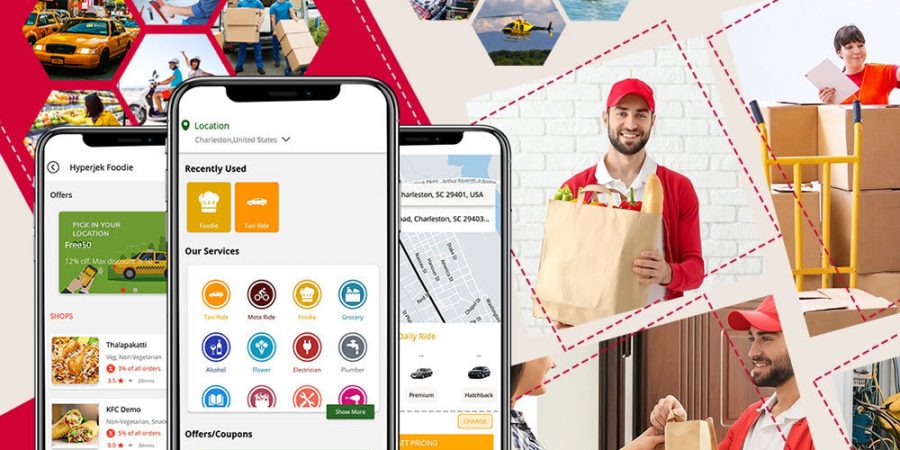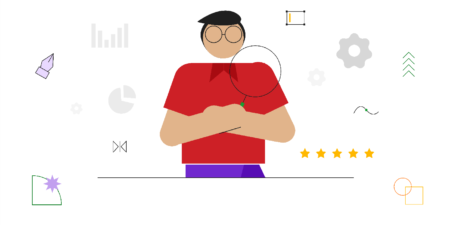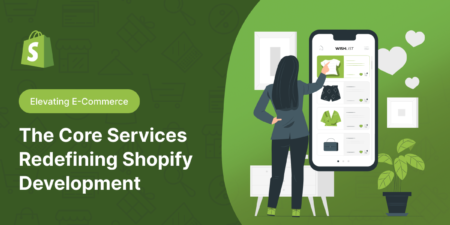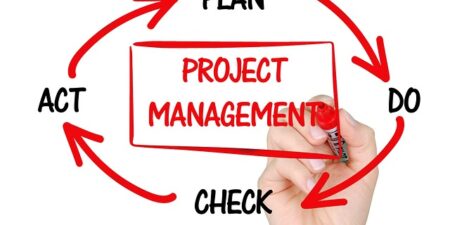In this day and age, on-demand delivery services are booming. Moreover, delivery apps like Uber, Lyft, and many more prominent ones have witnessed tremendous growth with the surge in revenue generation even at the time of the Covid-19 crisis. Before the global pandemic, experts expected that the revenue generation for the platform-to-consumer delivery services would grow at the rate of 8.2% per year. Thus, investing in the on-demand delivery app development is quite a profitable one.
Three common types of on-demand delivery service apps
1. Business to business (B2B)
Business-to-business on-demand service apps are designed and developed to establish a connection between two businesses. In this model, apps will serve either a single industry or multiple industry sectors. Bolt follows this business model as it offers same-day delivery and multiple drop-offs in a single trip. It is forecasted that the net value of the B2B eCommerce market will reach $1.8 trillion by 2023.
2. Consumer to Consumer (C2C)
This business model connects both the end-users. That is, users make offers for the other users to facilitate purchasing the products/services. Perfect examples of this model are Etsy, eBay, BlaBlaCar, Glocalzone, WunWun, and Local Guddy. Let’s take a look at Glocalzone, which connects users who wish to purchase products from abroad with other users like travelers who want to make a profit out of it.
3. Business to Consumer (B2C)
The Business to Consumer model connects the providers with the customers. It will serve providers selling their products from a single platform. Examples of this business model are UberEats, Seamless, Dominos, McDelivery, Starbucks, and Deliveroo. Most of the revenue of the business to consumer service is generated in China. The Covid-19 pandemic drives this service market to boom. It is projected to shoot up at a Compound Annual Growth Rate (CAGR) of 8.2%.
Trending on-demand delivery app ideas that you could consider as a successful startup
- Food/grocery delivery apps
Amid the Covid-19 pandemic, people cannot go to grocery stores/restaurants as they were afraid to step out of their homes and stay inside the home to prevent virus transmission. In such a circumstance, food ordering & delivery apps and grocery delivery apps play a vital role in everyone’s lives. With these apps, people can place their orders (groceries/food) with almost a few taps. Then, the ordered items will be delivered to their doorstep without delay. Good examples of these apps are BigBasket (grocery delivery) and UberEats (food delivery).
- Healthcare apps
On-demand delivery apps are widespread in the healthcare industry. Telemedicine apps or doctor appointment apps bridge the gap between doctors and patients. Like, patients can get a virtual consultation from experienced doctors. The online healthcare segment is forecasted to reach $52.2 billion by 2026. Some popular healthcare apps are Practo, 1mg, PharmEasy, Medlife, and Netmeds.
- Taxi service apps
It is a well-known business idea that gained popularity after the emergence of Uber. With a taxi app, people have to specify the pickup and drop-off locations and choose the vehicle type. Then, they can enjoy the ride as they get a quick ride service and there is no need for them to wait for a long time. This on-demand taxi booking app has witnessed massive growth as people find it more comfortable and convenient to avail of ride service. Perfect examples of these apps are Uber and Lyft.
- Logistics and transportation apps
Delivery apps built for designed & developed for transportation and logistics facilitate package delivery from one place to another. Such apps allow users to transfer their packages anytime and anywhere. Examples are Uber Freight and Uber Deliver. Moreover, the logistics industry is forecasted to reach $75 billion by 2030. This is an indication that this industry is flourishing and continues to grow in the future.
- Home services apps
As everyone is stuck with their busy schedules, the home services apps have been widely used for availing services like cleaning, plumbing, wellness, beauty, and many more. Promising apps that set perfect examples of the on-demand home service business model are TaskRabbit and Handy.
Steps to develop an on-demand delivery app in brief
Step 1 – Gather required information
The first step is to collect business requirements, including understanding your target audience, competitors’ analysis, and recent market trends. You have to ensure how unique your app is in comparison to your competitors. Having new features and functionality incorporated into your app makes it stand out from its rivals.
Step 2 – Features to choose for your on-demand delivery app
Now, it’s time to define the features which will shape the app’s architecture in determining the functionality. Initially, focus on the vital features and remaining ones you can consider later. Before implementing any features, keep in mind how these features will have an impact on your app. So, ensure that the features you want to add are essential and suit your business model. The on-demand delivery app solution comprises four modules: User app, Delivery executive app, Service provider/Vendor app, and Admin panel. The general features that are to be included in these modules are listed here.
Features of User app
- Order placing
- Search option
- Real-time tracking
- Push notifications
- In-app chat
Features of Service provider/vendor
- Order management
- Customer management
- Track delivery executive
- Quick registration
Features of Delivery Executive
- Service details
- Availability status
- accept/decline requests
- Order details
Features of Admin panel
- Manage customer
- Real-time analytics report
- Payment management
- Content management
Step 3 – Create on-demand app wireframe & prototype
Once knowing the requirements for your app, the next stage is to implement it by creating the wireframe and prototyping. Wireframing is a process in which an overview of the app is designed which determines the interface elements. Prototyping is a sample work of the app which is created to test the functionality. After this, get feedback on the visual & technical designs and development.
Step 4 – Create a Minimum Viable Product (MVP)
Before deploying the fully functional app, you can consider developing & launching the Minimum Viable Product (MVP). It is designed for early testing and improvising the app. Once done with the development of MVP, you can ask the stakeholders to get feedback. This ensures launching a flawless app that is free from glitches, errors, bugs, and issues.
Step 5 – Deploy the app
Once the minimum viable product gets approval, ensure the final version of the app passes various levels of testing and is ready for publishing. After that, the on-demand app solution is ready to deploy on the platforms you choose based on your target audience and requirements.
Final cost of developing an on-demand delivery app
The total cost of an on-demand delivery app development is not a constant element as it relies on several factors. Majorly, the features and functionality that you consider for your app impact the cost structure. The next prominent thing for determining the cost is the time frame (hourly charges) which varies according to the app development firm and skills & experience of the app developers.
The number of platforms that you choose for app deployment is also a significant factor influencing the cost. Launching the app on both platforms will elevate the cost greatly. Whereas, launching the app on either Android or iOS will not cost much compared to launching it on both platforms. Other factors that influence the cost structure are technology stack, third-party service integration, and design.
Moreover, developing it right from the beginning is expensive in comparison to opting for a ready-made on-demand delivery app solution. One major advantage of this solution is customizability and scalability so that it will fit your business requirements.
Final words
The on-demand market is witnessing incredible growth in almost every sector. Notably, the rise of Super apps has uplifted the net value of this industry. The evolution of app to super app is the changing phase in this technology-driven world.
However, an on-demand multi-delivery app like Gojek fulfills the users’ needs with a few taps. One major advantage is that the users do not have to install different on-demand apps for different services. Instead, they can avail of various services on a single app.
There has never been a perfect time to launch a similar Super app. As an entrepreneur, if you have aspired to enter the profitable on-demand industry, opting for the Gojek Clone software is a wise choice. It encompasses more than 60+ services in a single roof which will pave the way for a wider reach.









